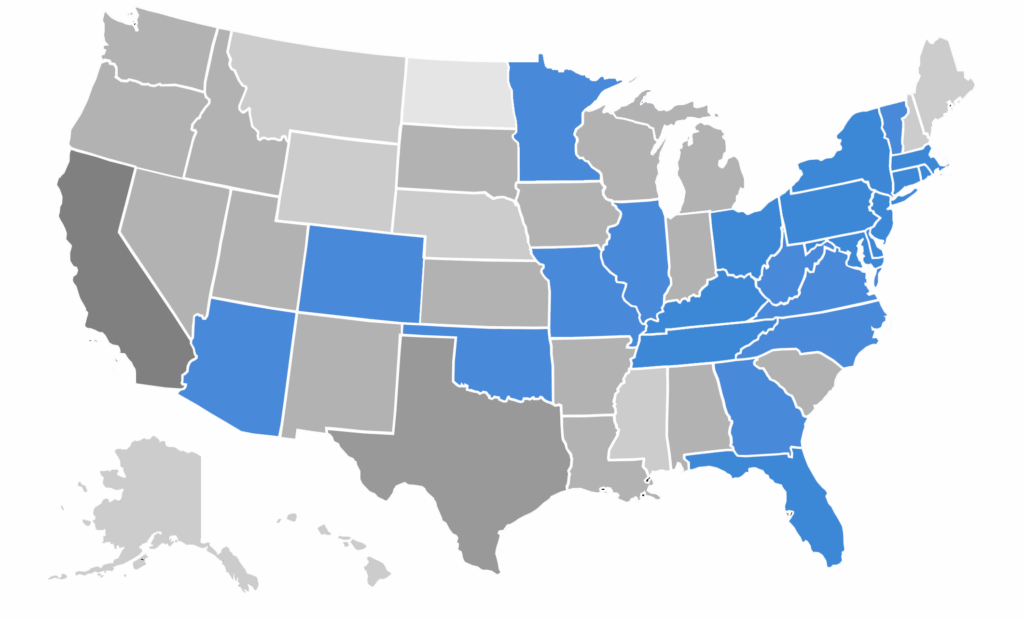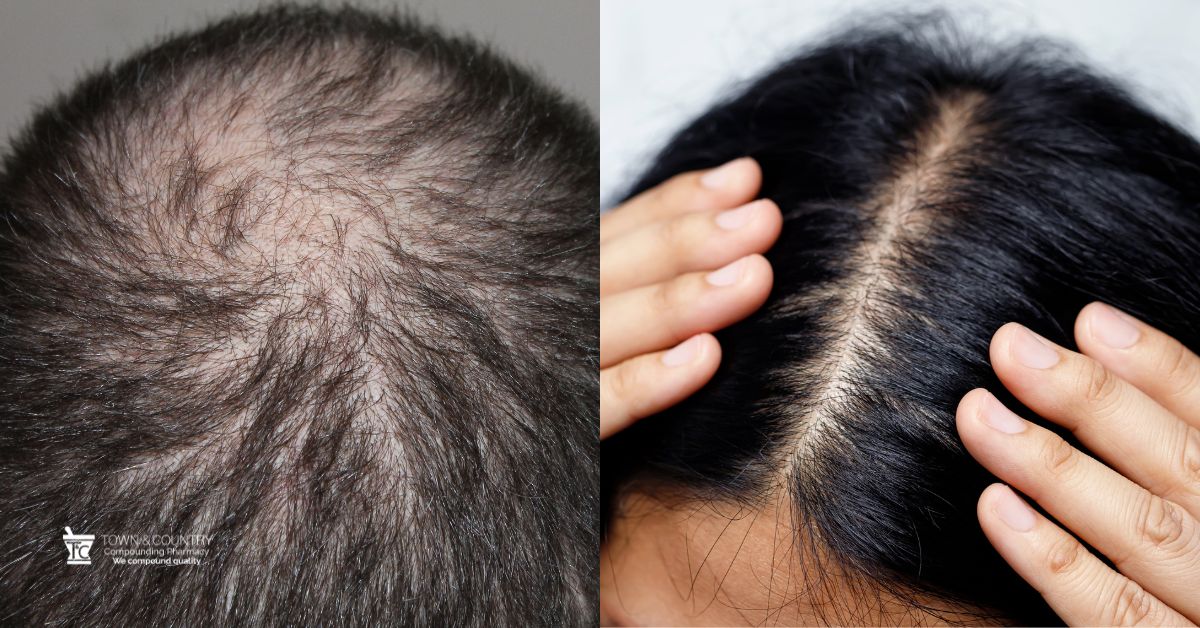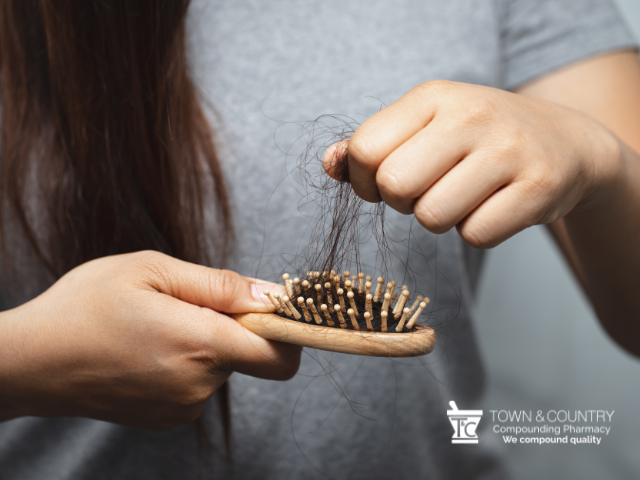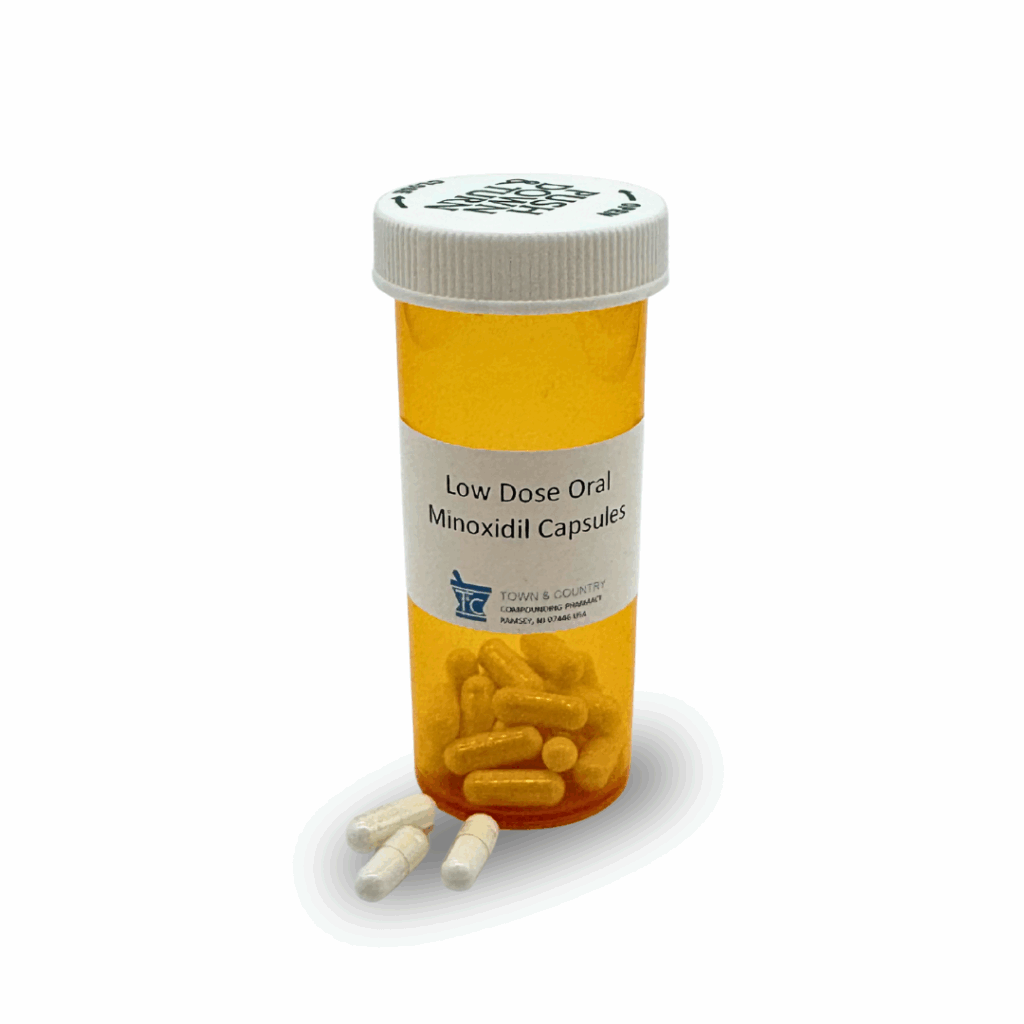
Low-Dose Oral Minoxidil (LDOM): A new and exciting formulation for addressing hair loss
Hair loss is a common concern that can significantly affect a person’s self-esteem and overall well-being. It can occur in both women and men due to a range of factors, including genetic conditions like androgenetic alopecia (AGA), autoimmune disorders, hormonal fluctuations, medications, stress, or other underlying health conditions. While multiple approaches are available to manage hair loss, finding something that works for each individual can be a challenge.
A new expert consensus, released on November 20, 2024, has provided valuable guidance on the use of Low Dose Oral Minoxidil (LDOM) for addressing hair loss. This consensus, developed through a Delphi process with input from 43 hair loss specialists across 12 countries, outlines best practices for LDOM prescribing, including dosing recommendations, indications, monitoring protocols, and adjunctive therapies.
While it highlights the increasing popularity of LDOM, it also emphasizes that LDOM is not commercially available in the low doses typically required for hair loss therapies. Instead, LDOM must be obtained through compounding pharmacies, which can create customized dosages based on individual patient needs. This consensus serves to guide healthcare providers on the appropriate use of LDOM, but it does not address how prescribers or patients can directly obtain this medication. This gap underscores the critical role of compounding pharmacies in making LDOM accessible for patients seeking this alternative formulation.
Low-dose oral minoxidil vs. topical minoxidil
Low-dose oral Minoxidil (LDOM) has piqued the interest of many healthcare professionals due to its potential to improve hair thickness and volume. Oral minoxidil offers a more straightforward approach than topical ones, which can be inconvenient and sometimes cause irritation. Many patients find the convenience of an oral medication appealing, especially when topical therapies come with challenges such as scalp irritation, messiness, and the need for frequent application.
Topical minoxidil has been widely used for hair loss, but its application can be burdensome for many individuals. It requires a twice-daily application to the scalp, which may result in unpleasant texture, scalp irritation, and issues with compliance. Oral minoxidil, however, provides an alternative that eliminates these concerns, offering a more user-friendly option for some patients.
It’s important to note again that LDOM is not commercially available in the low doses typically prescribed for hair loss. Commercially available oral minoxidil is usually found in strengths of 2.5 mg, 5 mg, and 10 mg, which are often too high for optimal use in addressing hair loss. To achieve the appropriate dosage, LDOM must be compounded.
Common compounded doses for LDOM range from 0.25 mg to 2.5 mg per capsule, which can be customized to suit individual patient needs. Prescribers often start with a lower dose and adjust based on how the patient responds.
The appropriate dosage for each patient may vary depending on factors such as gender. For example, women are typically prescribed lower doses, ranging from 0.25 mg to 2.5 mg daily, while men may require higher doses, generally between 1.25 mg and 5 mg daily.
Important note for patients
Patients are not advised to cut higher-dose tablets, as repeatedly splitting them can lead to inaccurate dosing. It can also be difficult for patients to safely adjust, or titrate, their own dose.
The importance of dermatologists working with high-quality compounding pharmacies
Dermatologists play a crucial role in prescribing LDOM for hair loss, and collaborating with a reputable compounding pharmacy is key to ensuring patients receive the correct formulation and dosage. Compounding pharmacies, like Town & Country Compounding Pharmacy, specialize in creating customized medications tailored to the specific needs of each patient.
This collaboration ensures that dermatologists can prescribe personalized doses of LDOM that are unavailable through traditional chain retail pharmacies (non-compounding pharmacies).
Additionally, working with a compounding pharmacy allows for ongoing monitoring and adjustments to the dosage based on the patient’s response. Compounding pharmacies may also help address specific patient needs, such as combining minoxidil with other medications to target various aspects of hair loss, such as hormonal imbalances or genetic predispositions.
Our accreditations place us in the top 1% of compounding pharmacies
Watch Video: See what puts us in the top 1% of all compounding pharmacies
Through a compounding pharmacy, LDOM can easily be combined with other medications, such as finasteride or biotin, into a single capsule. This holistic, customized approach ensures that each patient’s treatment is tailored to their unique needs, supporting hair growth while also addressing contributing factors like hormonal imbalances or stress.
Hair loss is a complex issue with many contributing factors. With the growing interest in LDOM as an option for managing hair loss, combined with the expertise of dermatologists and compounding pharmacies, patients have more personalized options available than ever before.
By working together, healthcare providers and compounding pharmacies can offer customized care that addresses the specific needs of individuals dealing with hair loss.Empty heading
Going on Vacation?
No time to pick up your medications or will they not be ready in time?
We can send your prescriptions directly to you if you’re traveling to another state that we are licensed to ship. Get it shipped right to your vacation rental or home.




